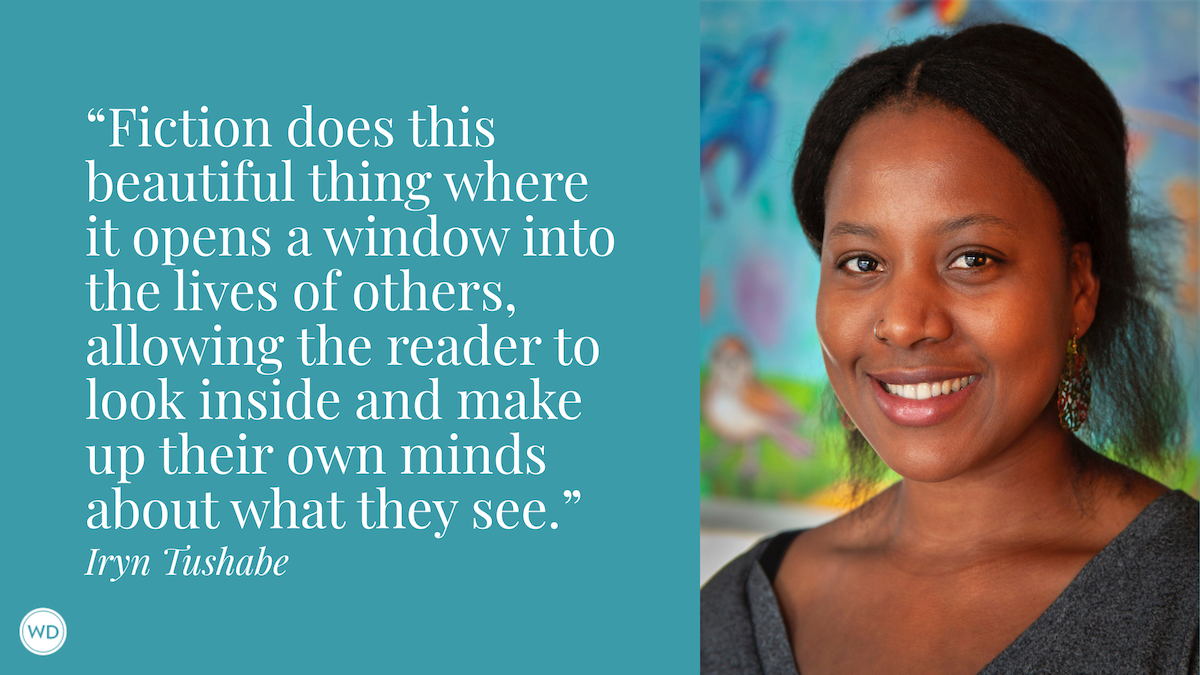How to Write Time-Travel Historical Fiction
Here are four smart, simple tips that should help writers navigate the murky waters of writing time-travel historical fiction.
I’ve always been afraid of historical fiction. While I absolutely adore reading a well-researched and well-written historical novel, the process of achieving this fabled state seemed far too daunting for me as a writer.
That is until I fell in love with Irish history—all of it. Unable to settle on one particular time period, I came up with the brilliant idea to write about a time traveler who experiences life in several different historical eras. (When I say brilliant, I mean really, really challenging.)
In the first book in the series, Bury the Living, we meet our time-traveling heroine, Nora O’Reilly, a former IRA fighter from Belfast. Nora ends up traveling back in time to 1923, at the height of the brutal Irish Civil War, in search of a stranger from her dreams (who turns out to have secrets of his own). The second book in the series, Summon the Queen, takes place during the Tudor conquest of Ireland in the late 1500s. And in the third, Nora finds herself going even further back to the 10th century, during the reign of High King Brian Boru.
It’s a good thing I love research. But writing time travel fiction is different from pure historical fiction—not only do you need to do the same exhaustive research as you would for a historical novel, but you also must be constantly aware of the tension between your protagonist and the new (er, old) world surrounding him or her.
Through research, conversations with other authors, and good old trial-and-error, I’ve come up with a few tips that should help you navigate the murky waters of writing time-travel historical fiction:
1. Choose your model of time travel carefully.
Like anything in fiction, your model of time travel doesn’t have to be possible, but it does have to be plausible and internally coherent. Before you start writing, answer these questions: Can the past be changed? Does a character merely appearing in the past change the future, or does he or she need to change something significant? Is there only one timeline, or does going back in time start a brand new timeline? For Bury the Living, I worked with one particular model (multiple timelines) before realizing that it presented major problems to my story, especially for future books in the series. I changed models, but it meant a lot of re-writing—so choose carefully!
2. Decide how important time travel is to your story.
Is it the centerpiece? Or just a plot device to get the protagonist to a particular time period? This will determine how much time and attention you need spend on explaining the mechanics—and the consequences.
3. Keep in mind what your main character knows—and doesn’t know.
Most of us aren’t history buffs, so there needs to be a very good reason if your time-traveling character has an encyclopedic knowledge of the time period they find themselves in. If it fits the story (i.e. a professor of early medieval England goes back in time to 1066), great. But if your average Joe character has all kinds of knowledge that only a university professor would have, your readers will cry foul. Besides, the gaps in knowledge serve as the perfect catalyst for getting your character stuck in messy and dangerous situations, which raises the tension for your readers.
IndieBound | Bookshop | Amazon
[WD uses affiliate links.]
4. Avoid “As you know, Bob” conversations with characters from the historical time period.
Put yourself in their shoes, with their current knowledge of the time period of which they are a part. You don’t go around saying things like, “Barack Obama, President of the United States from 2009 to 2016.” Nor would characters in any time period refer to political leaders in such detail. They’ll use nicknames, slang, and phrases that assume the person they are talking to is fully aware of the cultural/social/political context. But at the same time, you need to get your reader up to speed on what’s going on. This can be tricky, especially when writing about more obscure time periods or situations about which your readers have little knowledge. In Bury the Living, I had to communicate information regarding the Irish Civil War to my readers without putting words in my characters’ mouths that never would have been there in reality. For example, everyone in 1920’s Ireland knew that Liam Lynch was the Chief of Staff of the IRA, and were well informed about the issues surrounding the Anglo-Irish treaty (the cause of the civil war). So they would be unlikely to explain these issues to each other, however helpful that would be for the reader. I had to rely on my protagonist’s vague knowledge of the time period, her bumbling efforts to sort out what was going on, and realistic conversations with and between the people around her—all the while hoping that the reader would be able to piece it all together to form a coherent picture of the political context.
Simple, right? Writing quality time travel/historical fiction is not for the fainthearted, but if done well the result can be a wonderful feast of tension, conflict, sensory detail, and historical intrigue for your readers.
Jodi McIsaac is the author of Bury the Living, the first book in the Revolutionary series, as well as A Cure for Madness and the bestselling Thin Veil series. She grew up in New Brunswick, on Canada’s east coast. After abandoning her Olympic speed skating dream, she wrote speeches for a politician, volunteered in a refugee camp, waited tables in Belfast, earned a couple of university degrees, and started a boutique copywriting agency. She lives in Calgary with her two feisty daughters and her cat, Chaucer.








